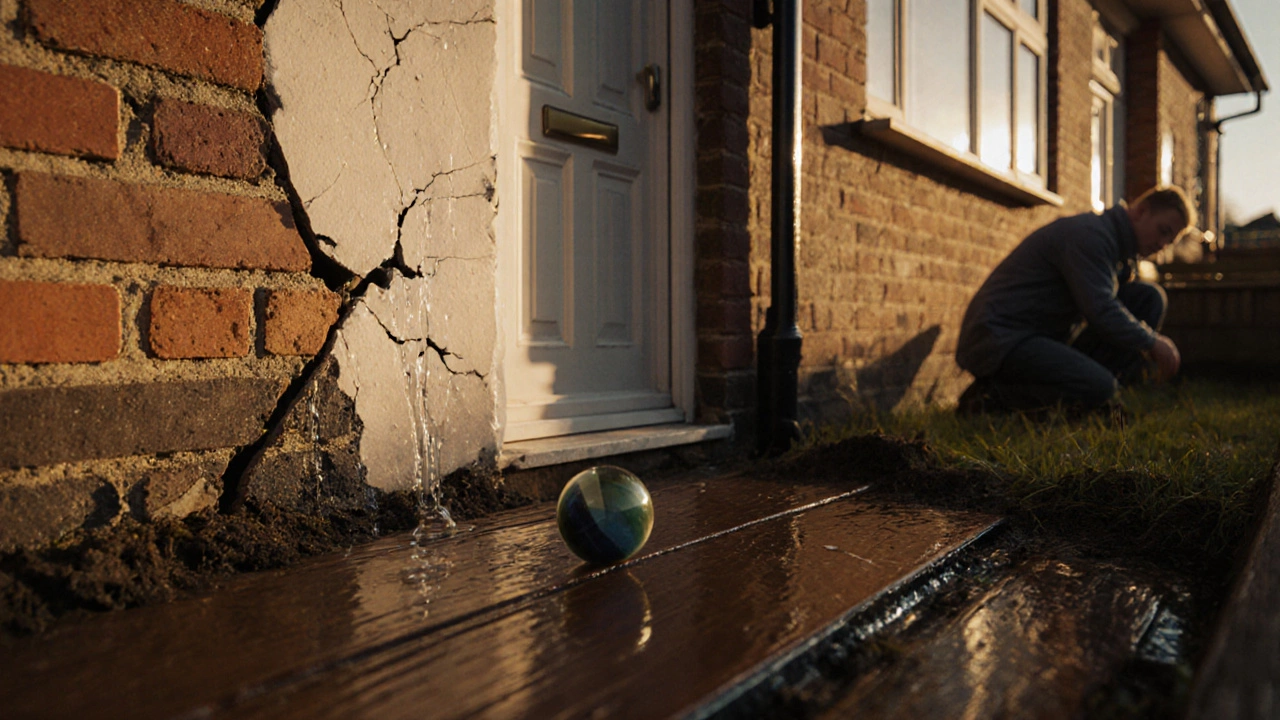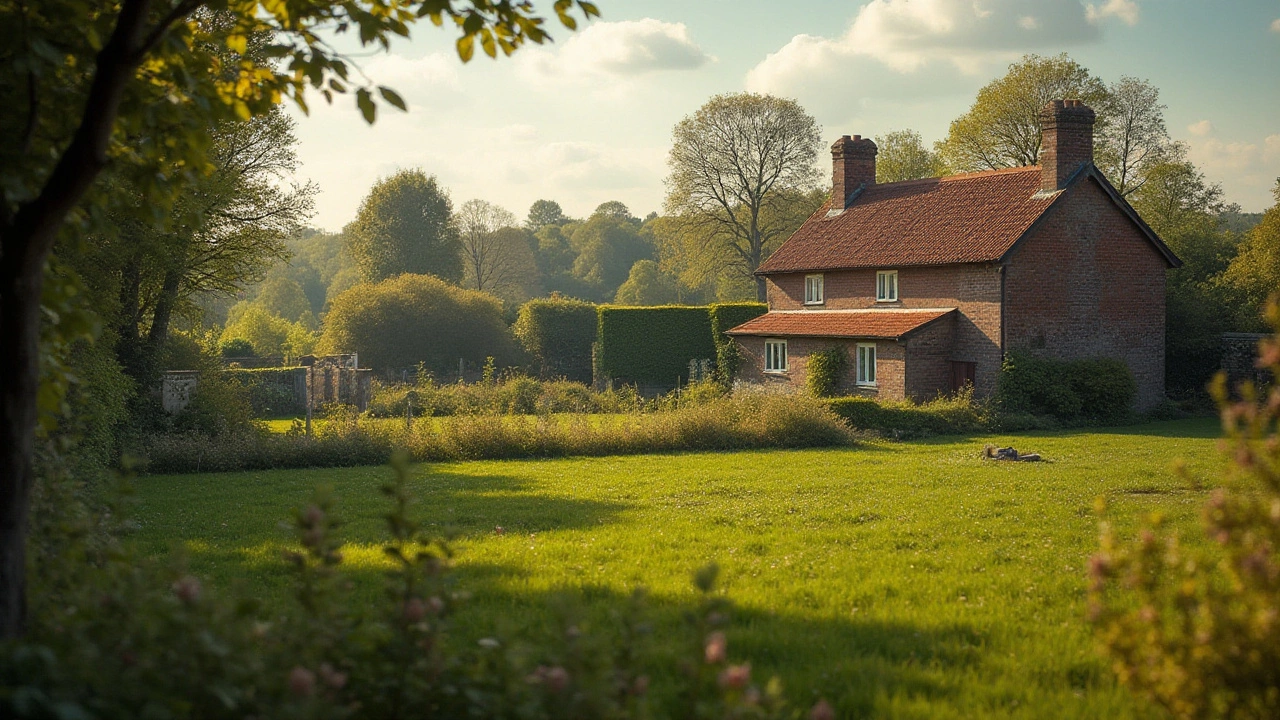House Settling – What It Is and How to Deal With It
If you’ve noticed doors that won’t close properly or cracks appearing in walls, you might be dealing with house settling. It’s a normal part of a building’s life, but when it gets out of hand it can lead to costly repairs. Below you’ll find straight‑to‑the‑point advice on why it happens, what to look for, and how to fix it without the jargon.
Why Your Home Might Start Settling
Most houses sit on soil that can shrink, swell, or shift after the foundation is poured. Changes in moisture, heavy loads, or poor compaction during construction are the biggest culprits. When the ground moves, the foundation follows, and the rest of the structure reacts. Even a small shift can misalign frames, doors, and windows.
How to Spot Settlement Early
Look for these tell‑tale signs: uneven floors, doors that stick or slam, cracks that grow wider over weeks, and gaps around window frames. A simple test is to place a level on a floor—if it rocks, the floor is likely moving. Catching these clues early saves you from big repairs later.
Doing a quick DIY check can give you a clear picture. Measure a crack in a wall at two points a few days apart; if it’s getting longer, settlement is active. Also, check the outside of your house for sloping ground that may be pulling the foundation.
When the signs point to settlement, decide if it’s a DIY fix or a job for a professional. Small gaps around doors can sometimes be fixed with shims, but larger foundation movement usually needs expert equipment.
Professional solutions include underpinning, mudjacking, or installing piers to lift and stabilize the foundation. Underpinning adds concrete footings beneath the existing foundation, while mudjacking pumps a cement mixture under settled slabs to raise them. Both methods stop further movement and restore levelness.
Prevention is cheaper than repair. Keep the soil around your house evenly moist, especially during dry spells, by using a garden hose or drip irrigation. Ensure gutters direct water away from the foundation, and avoid planting large trees too close to the house, as roots can pull the soil.
House settling can feel overwhelming, but with a clear eye on the signs and the right fix, you can keep your home stable and safe. If you’re unsure, call a local foundation specialist for a free assessment—they’ll tell you exactly what’s needed without the sales fluff.
How to Fix a Sinking Foundation: Step-by-Step Solutions for Homeowners
- Gavin Whitaker
- |
- |
- 0
Learn how to fix a sinking foundation with proven methods, cost estimates, and prevention tips. Stop further damage before it becomes a costly emergency.
View moreUnderstanding House Settling After 20 Years: What Homeowners Need to Know
- Gavin Whitaker
- |
- |
- 0
House settling is a natural process where a home adjusts to its environment over time. Even after 20 years, homes can still experience subtle shifts or more noticeable changes. Various factors like soil conditions, construction quality, and climate can impact this process. Understanding how to identify settling signs and when to seek professional help is crucial for maintaining structural integrity. This article offers practical insights for homeowners to manage and mitigate the effects of settling in older homes.
View more
